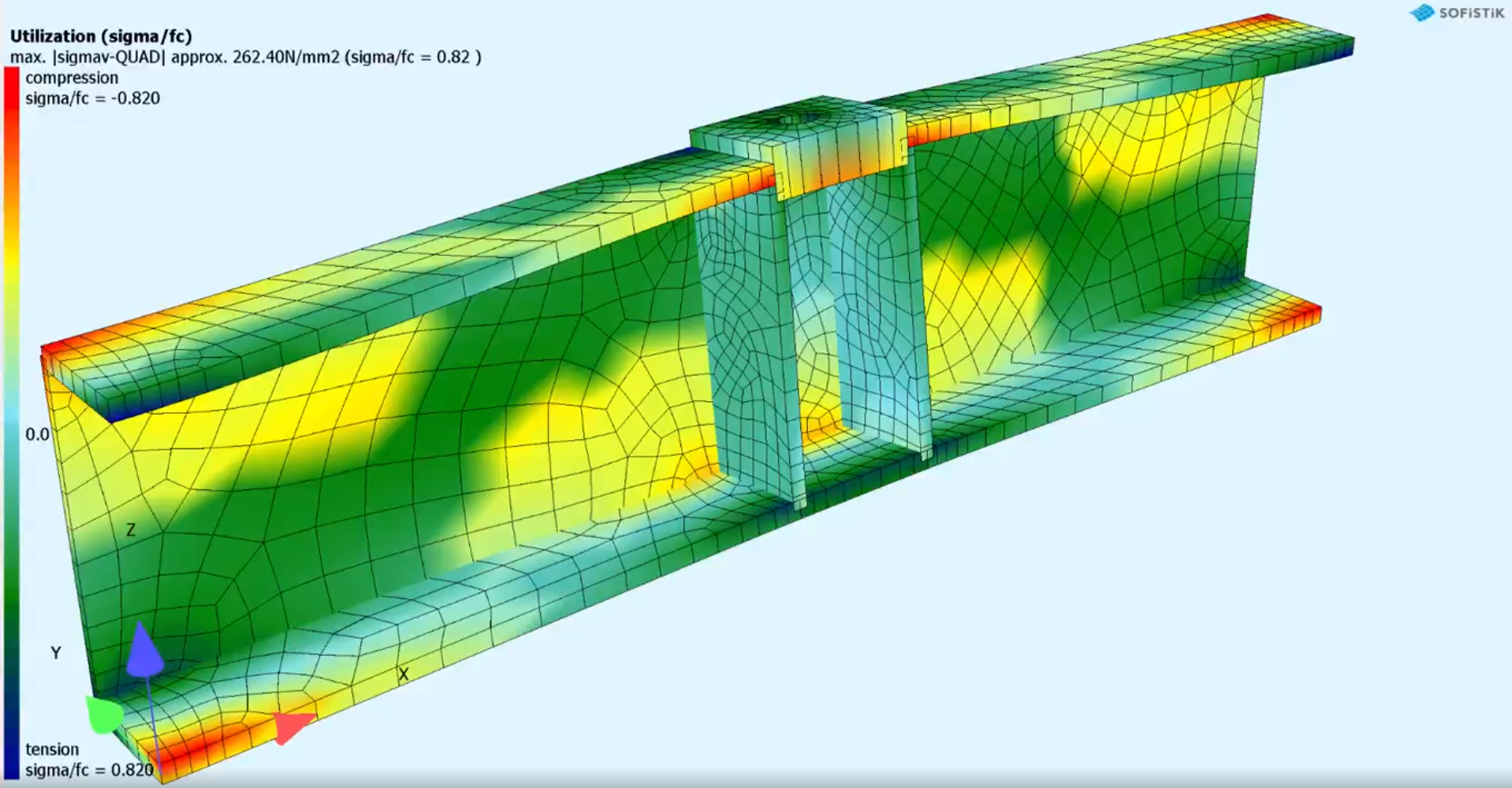
In what way does FEA have the capability to model earthquakes' effects on structures?
Are you a structural engineer grappling with the daunting task of testing your designs against the forces of earthquakes? The complexities of seismic forces, nonlinear behavior, and soil-structure interactions can leave you searching for an efficient solution.
Enter Finite Element Analysis (FEA), a powerful tool that can revolutionize your seismic simulations. FEA, in simple terms, breaks down your structure into smaller elements and accurately predicts its response to various loads, including earthquakes. It doesn’t stop there. FEA can even account for those challenging nonlinearities like plasticity, cracking, and buckling that often occur during seismic events.
What is FEA?
FEA is a numerical technique that breaks down a structure into smaller elements and solves motion equations for each of them. By configuring boundary conditions, material properties, and loading patterns, FEA can replicate how structures respond to various loads, including seismic forces. Moreover, it can handle nonlinearities like plastic deformation, cracking, and buckling, all of which can occur during an earthquake.
Imagine having the ability to fine-tune your designs with pinpoint accuracy, ensuring they can withstand the fiercest earthquakes. FEA offers you that precision. It’s versatile, accommodating various structures and materials. However, it’s not without its challenges, like demanding computational resources and reliance on accurate data.
How to apply FEA to earthquakes?
To harness FEA for earthquake simulations, you must define input parameters representing seismic excitation. There are two primary methods for this: time history analysis and response spectrum analysis. The former employs recorded or synthetic ground motion as input, calculating structural responses at each time step. The latter, on the other hand, employs a frequency-domain representation of ground motion and computes the maximum structural response for each mode of vibration.
Advantages and Limitations of FEA
FEA boasts several advantages when it comes to simulating earthquakes on structures. It excels at capturing the intricate behavior of both structures and soil, providing detailed insights into stresses, strains, displacements, and forces. This versatility extends to various structures like buildings, bridges, dams, and tunnels, as well as materials like concrete, steel, wood, and composites. Nevertheless, FEA does come with some caveats. It demands substantial computational resources, especially for large and complex models. The accuracy and reliability of input data, including ground motion, material properties, and boundary conditions, play a pivotal role. Additionally, it may be susceptible to numerical errors, such as mesh size, integration methods, and convergence criteria.
Validating and Verifying FEA Results
To ensure the credibility of FEA results, it’s imperative to conduct validation and verification exercises. Validation involves comparing FEA outcomes with experimental data or real-world observations to assess the model’s fidelity to physical reality. Verification, conversely, entails verifying correct model implementation and ensuring numerical solutions are consistent and accurate. A range of methods and criteria, including error analysis, sensitivity analysis, calibration, benchmarking, and peer review, can be utilized in these processes.
Enhancing FEA Performance and Efficiency
Improving FEA performance and efficiency requires optimization of both the FEA model and the FEA process. Model optimization involves selecting appropriate element types, mesh sizes, material models, and simplifications to reduce computational costs while preserving accuracy. Advanced techniques, like substructuring, modal superposition, adaptive meshing, and parallel computing, can expedite the FEA process and handle large-scale problems effectively. Leveraging user-friendly software tools and platforms with robust features and high compatibility can further streamline the FEA workflow and integration.
Conclusion
FEA stands as a potent and adaptable resource for simulating earthquakes on structures, enabling you to gain valuable insights into your designs and enhance their performance. However, it’s essential to acknowledge the challenges and constraints associated with FEA and approach it with diligence and precision. Through these efforts, you can elevate your expertise as a structural engineer and contribute to bolstering the safety and resilience of our constructed environment. At SOFiSTiK, we understand the vital role FEA plays in structural engineering, and we’re here to support your endeavors in this dynamic field.
Our cutting-edge software and platform have been designed with structural engineers like you in mind. We provide the tools and support you need to harness the full potential of FEA, optimizing both your model and the entire analysis process. With SOFiSTiK, you can validate and verify your FEA results with confidence, ensuring the highest quality outcomes.
Ready to elevate your seismic simulation game? Take action today and explore how SOFiSTiK can be your trusted partner in conquering the challenges of earthquake analysis. Your designs deserve the best, and with SOFiSTiK, you can make them earthquake-ready. Contact us to start your journey toward safer, more resilient structures.

